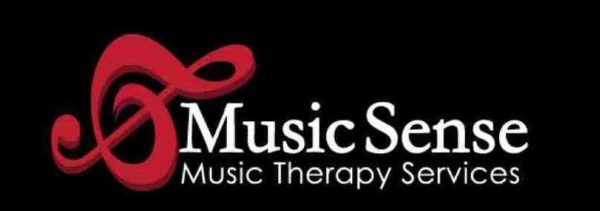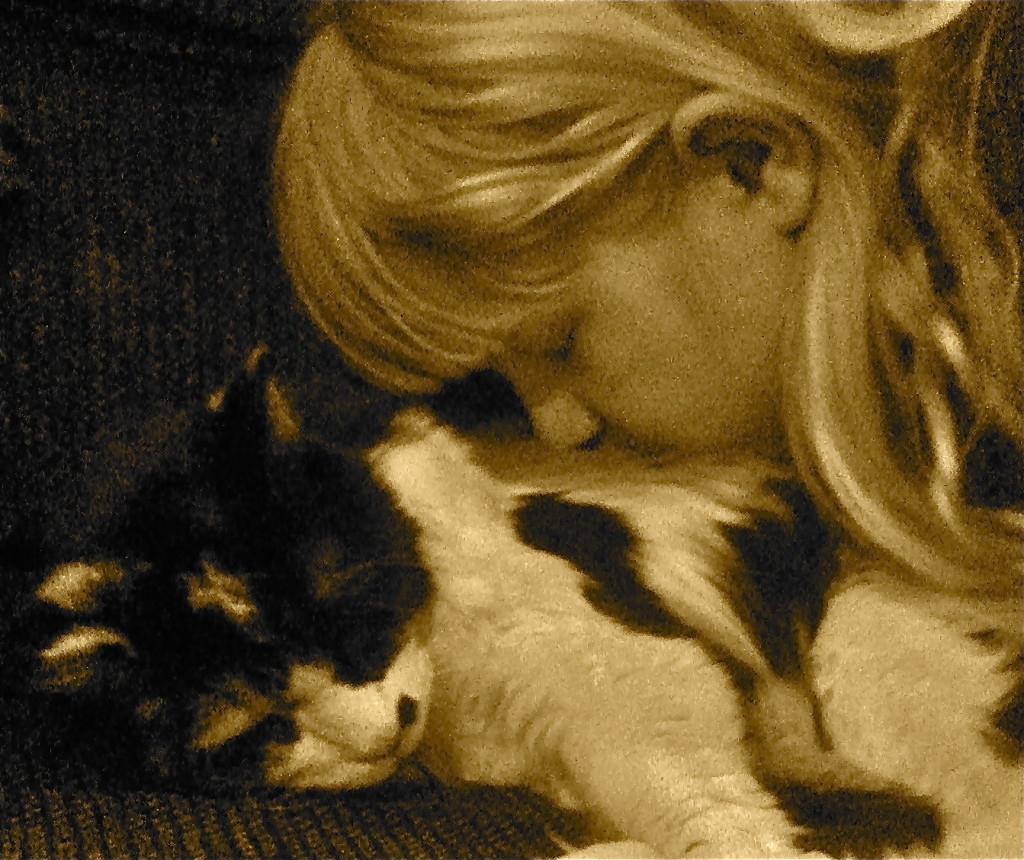Music Therapy: In the beginning
A four-year-old child diagnosed with autism attends her first music therapy session. She has trouble with speech, cognitive, motor and social skills. She also has difficulties staying on task.
The music therapist begins to assess her social skills by singing a hello song. Is she able to make eye contact? Does she participate? Does she have the verbal and auditory skills to sing along? Does she have the motor skills to play instruments? These are some of the goals and objectives that a music therapist can incorporate into a therapy session.
Thinking in Pictures and Songs
“I THINK IN PICTURES. Words are like a second language to me. I translate both spoken and written words into full-color movies, complete with sound, which run like a VCR tape in my head. When somebody speaks to me, his words are instantly translated into pictures. ” — Dr. Temple Grandin
As a music therapist, I have encountered many situations where regular teaching methods don’t apply. Kids with autism learn using multiple media such as sight, sound, smell, taste, and touch. And now, music. It really should be added to the five senses. Music can enhance mood, change behaviors, improve motor skills and encourage social interactions.
Let’s go back to our story about the four-year-old girl with autism. Fast forward: She is now nine, and she can communicate her needs, read, write and even do her multiplication table perfectly. She got excited about English and grammar by watching old re-runs and singing along to Schoolhouse Rock. How did she learn the sounds that animals make? Through “Old Mac Donald,” of course!
Music is a reward! We can dance in her living room to Hannah Montana. She can read notes and play the piano. She loves her cat and she practices her recorder daily. Her parents are very proud of her.
Music therapy from A to B
So how did she get from A to B? She worked hard. We began working on increasing her attention span. We played musical instruments that kept her engaged and interactively learning. During the sessions, we worked on verbal skills through sing-a-longs; motor skills through dancing; and cognitive skills through musical games. She attended a music therapy social group for while.
Her parents encouraged her and reinforced what she was learning in the school. Her teachers provided extra help. Piano and recorder lessons were most important.
She was afraid of performing, singing and playing an instrument in front of her class. We’ve all been there. Piano lessons start off fun, and then the hard part comes along and we want to quit.
Sometimes it’s not about creating beautiful music and playing perfectly. In music therapy, its about learning to develop problem-solving skills to muster through the challenges and accomplishing something beautiful in the end. Her hard work is translated through music. It’s not perfect, but its beautiful because she never gave up.
Together. We work together as a team to get her from point A to B.

